Decades of surveys show whale migration shift
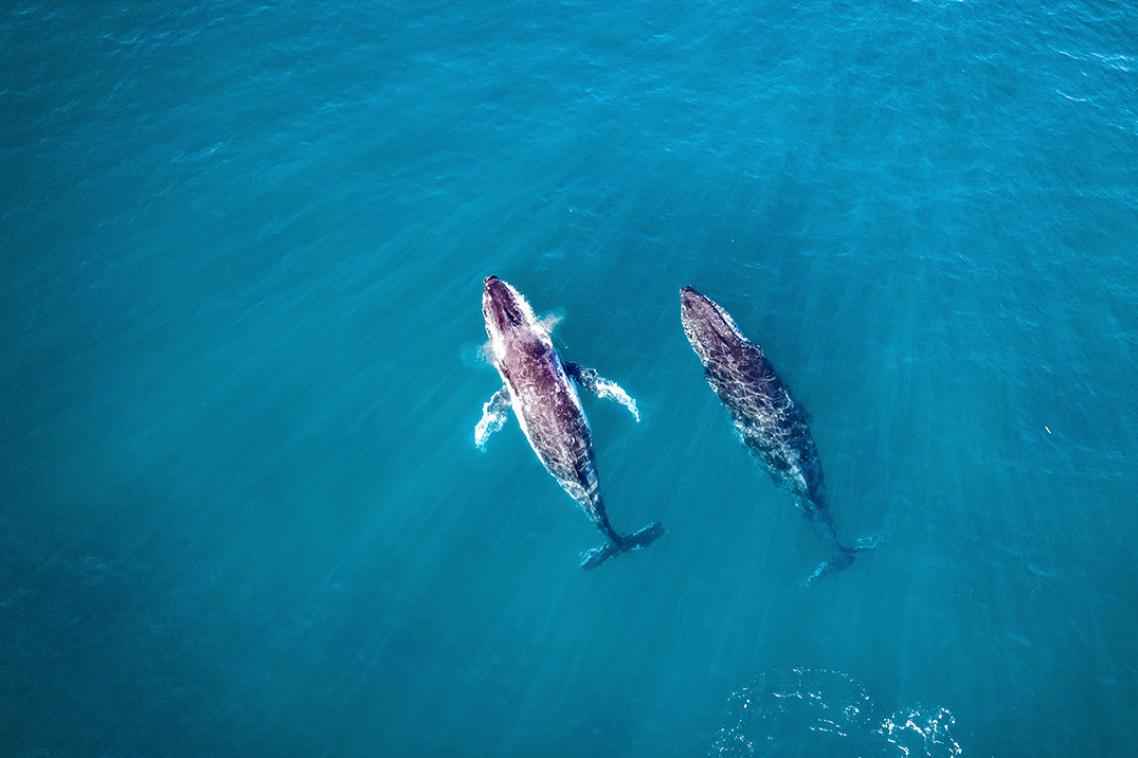
Humpback whales swimming in Frenchmans Bay, Queensland.
(Photo credit: AmazingAerialAgency/Adobe )
University of Queensland surveys reveal the peak of the southern migration of humpback whales down the east Australian coast is now weeks earlier than it was 21 years ago, and a warming Southern Ocean may be the reason.
Associate Professor Rebecca Dunlop from UQ’s School of the Environment found the return migration from northern breeding grounds has shifted earlier by approximately 3 weeks.
“Acoustic and visual surveys show the peak of the southern migration in 2003 was in early October but by 2024, we observed it was in the middle of September,” Dr Dunlop said.
“While migratory timing naturally fluctuates from year to year by about 2 weeks, since 2021 there has been a clear and sustained change.
“The cues for migration are not well understood but are likely to be influenced by ecological and environmental factors impacting summer feeding while in the Southern Ocean. A big factor is the connection between sea ice and krill populations.”
Apart from the odd temporary stopover, humpback whales do not eat during the winter months when they migrate to tropical and subtropical breeding grounds.
“Whales likely time their migration to ensure their stay in Antarctic waters is long enough with adequate feed to build the fat and protein reserves needed to fuel their journey to and from the breeding grounds, as well as for reproductive activities,” Dr Dunlop said.
“The later years of this study coincide with a pronounced decline in sea ice coverage beyond usual annual fluctuations.
“Less sea ice, or a shorter ice season, means less algae which is crucial food for krill.
“Less available krill prior to the migration could be forcing the whales back to the feeding grounds earlier.”
The eastern Australian population of humpback whales has grown from only 300 in the 1960s after sustained hunting, to around 40,000.
“We did consider if an earlier departure from the northern breeding grounds could be driven by crowding or even human activity in the Great Barrier Reef,” Dr Dunlop said.
“But while the whale population increased steadily over the 21 years of this study, a clear shift in migration timing did not occur until after 2021 when rising water temperatures driven by climate change affected sea ice coverage in the Antarctic oceans.
“This earlier return south is also being seen in other humpback populations – along Australia’s west coast and South America.
“I am concerned at some point we may see a decline in birth rates because females won’t have the energy to support migrating north, giving birth and getting their calf back to the feeding grounds.”
A research project is underway to determine whether the timing of the migration north away from the feeding grounds has also shifted.
The research is published in Scientific Reports.
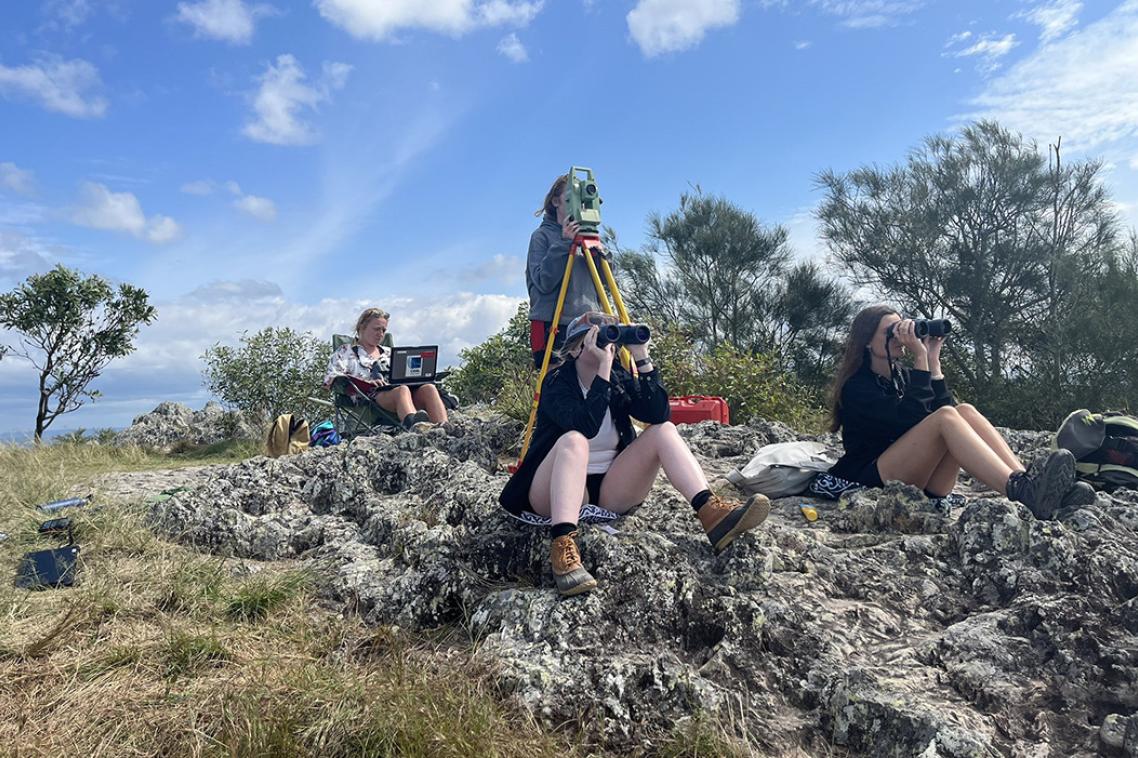
Volunteers record whale numbers during visual surveys from Emu Mountain in the Noosa National Park.
(Photo credit: The University of Queensland )
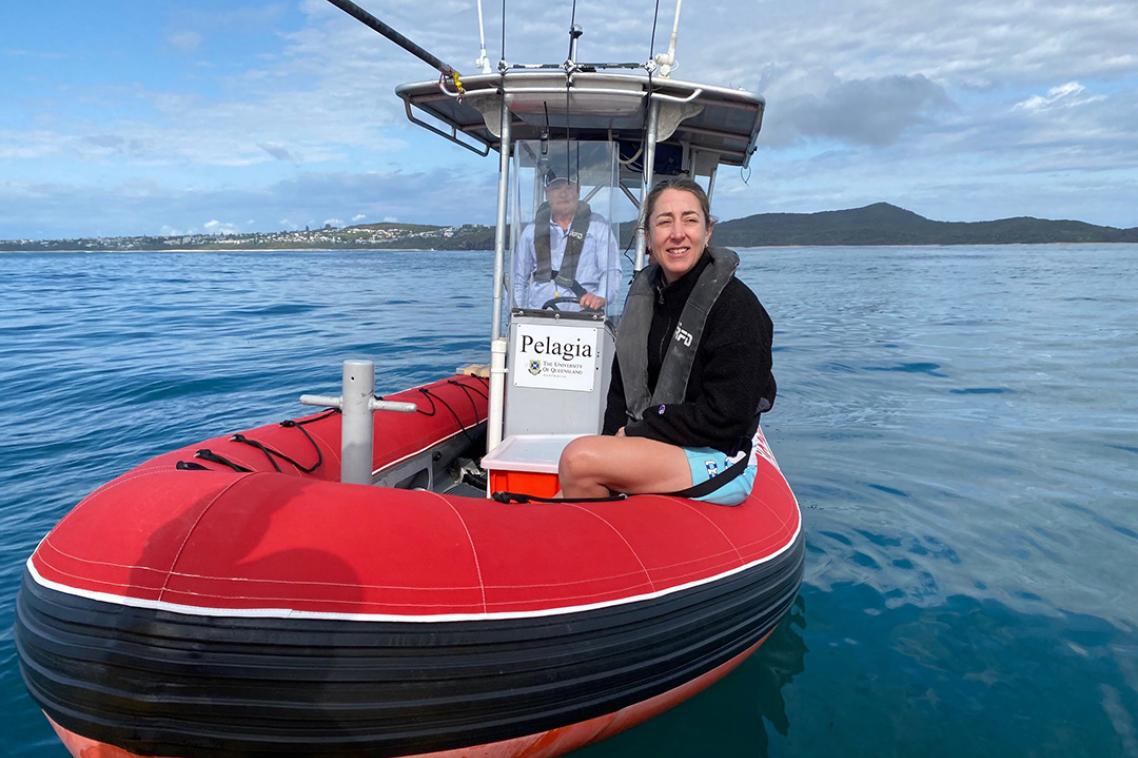
Associate Professor Rebecca Dunlop during field work off the Queensland coast.
(Photo credit: The University of Queensland )
Related articles
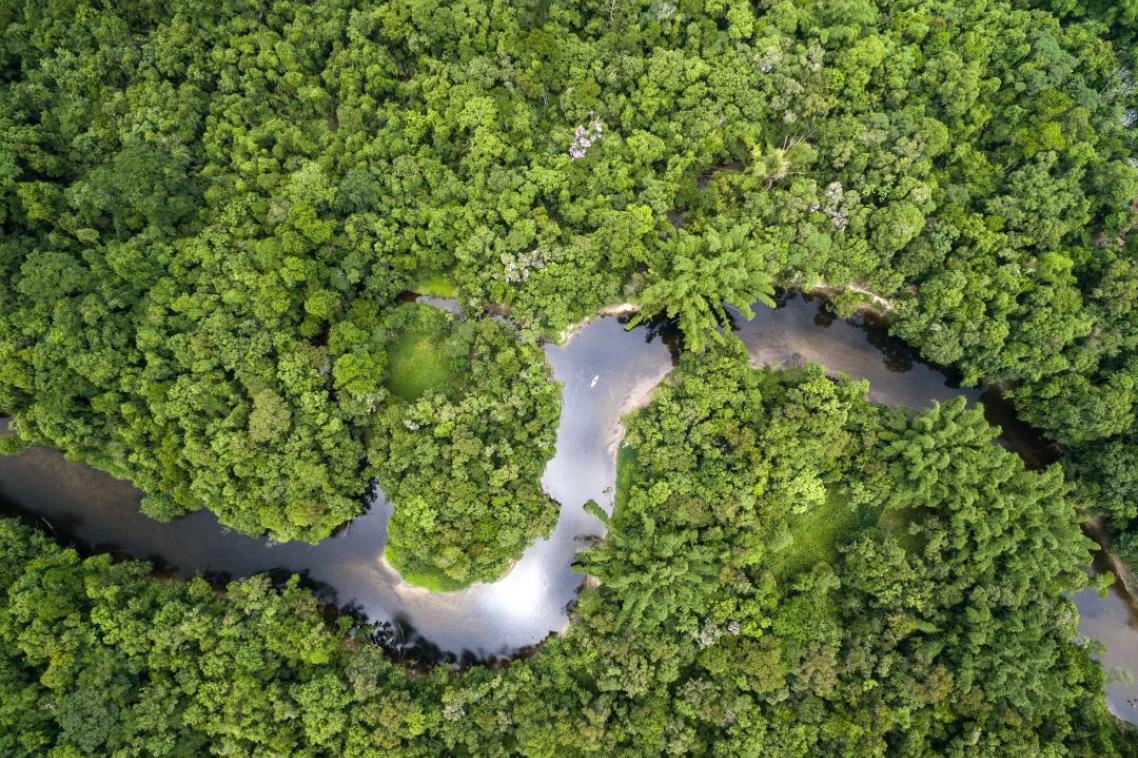
Brazil claims to be an environmental leader. Are they?
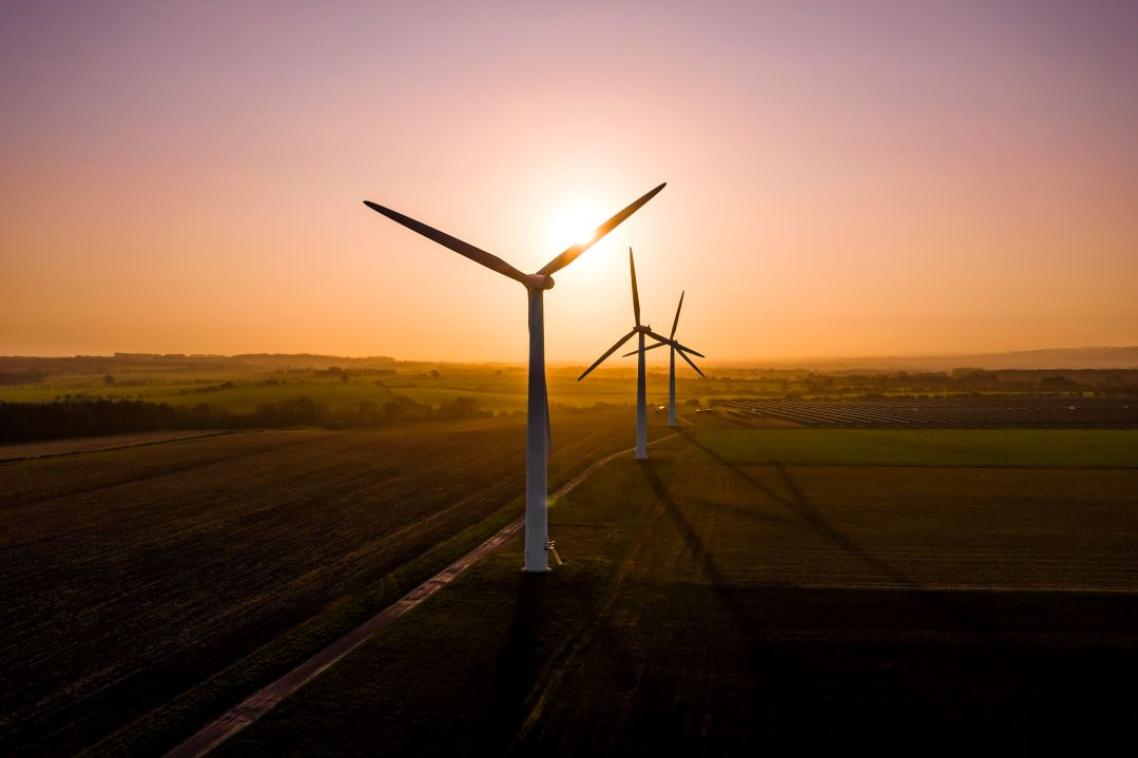
COP30 climate summit: UQ experts
Media contact
UQ Communications
communications@uq.edu.au
+61 429 056 139
